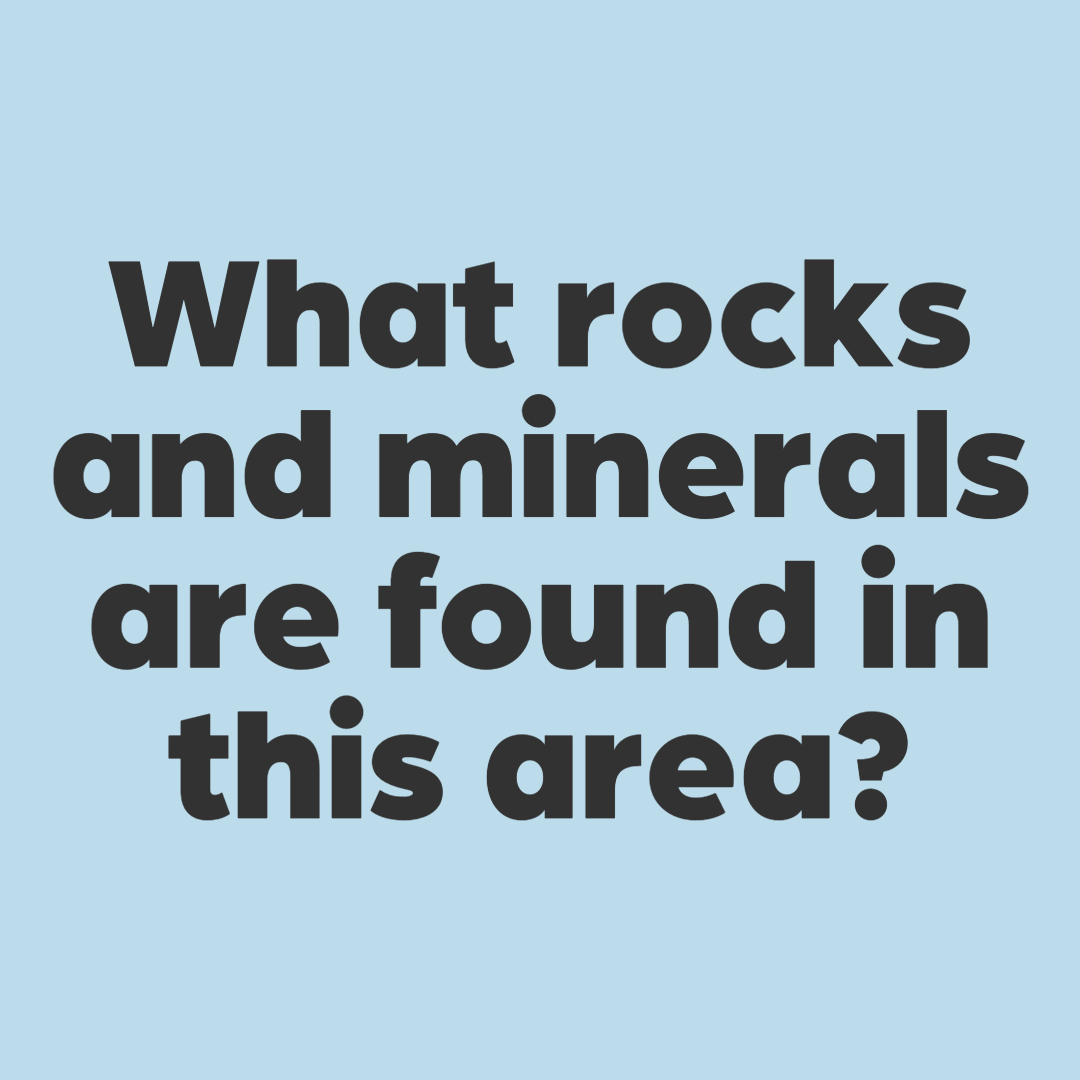These are questions that will be asked at each stop along the seven-day trip.
The next day starts out with an early trek up to the School of Geosciences Bartell Field Camp, a camp area that stands at 9,000 feet elevation. Bartell Field Camp is located at the intersection to many rock types and mountain ranges and serves as the home to 16 faculty and student cabins, a study hall, bathhouses, and a full-service dining facility. Bartell Field Camp gives OU students the unique opportunity to study a diverse collection of geologic features hands-on while still in their first year as a geology student. This camp will follow them throughout their undergraduate journey, as students will return here for their junior year field expedition and tie in their capstone with what they have learned and studied while here.
In the same day, students will trek up the narrow Skyline Drive trail, where they will inspect the rocky outcrop nearby. Behind the students are large, fossilized dinosaur tracks from the Cretaceous period, evidence that they are studying a well-preserved, ancient landscape. The group makes educated guesses on what they’re seeing and why—this is something they have done in class, and now they have the chance to experience it in person in real time.
Over the course of the week, the Geosciences students visit weather igneous intrusions, ancient fossil beds, massive sand dunes, mountain glaciers, and beautiful rocky canyons. Each stop gives them the opportunity to learn more about geologic history, to be more curious, and to admire the earth.
When the trip ends, students load up for the eleven-hour drive home. Throughout the ride, it becomes clear that students have formed new friendships with each other. The field expedition was not just an opportunity to gain hands-on experience, but to kick off a successful geology career and form tight bonds with their peers, who will one day be future colleagues.



